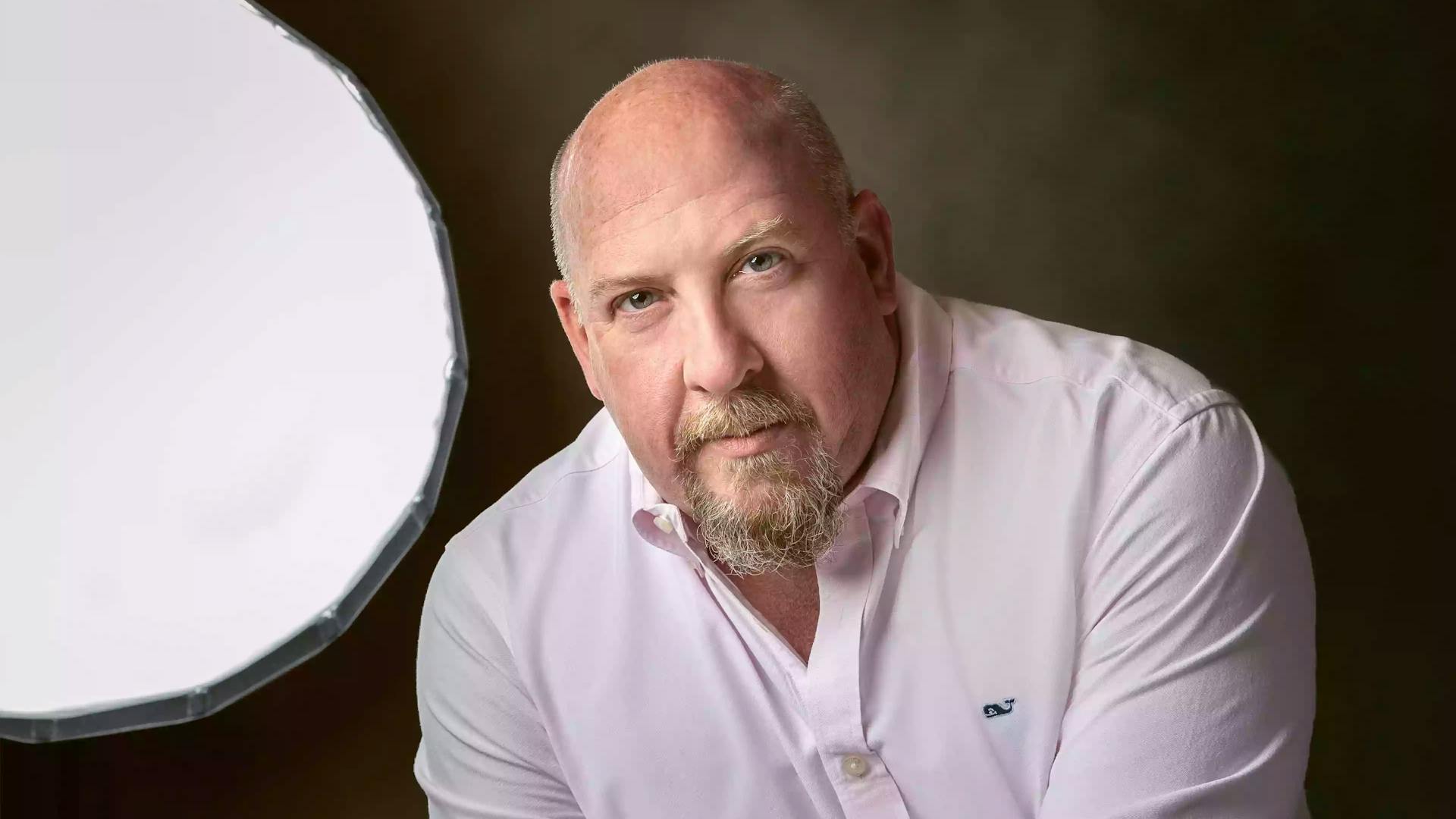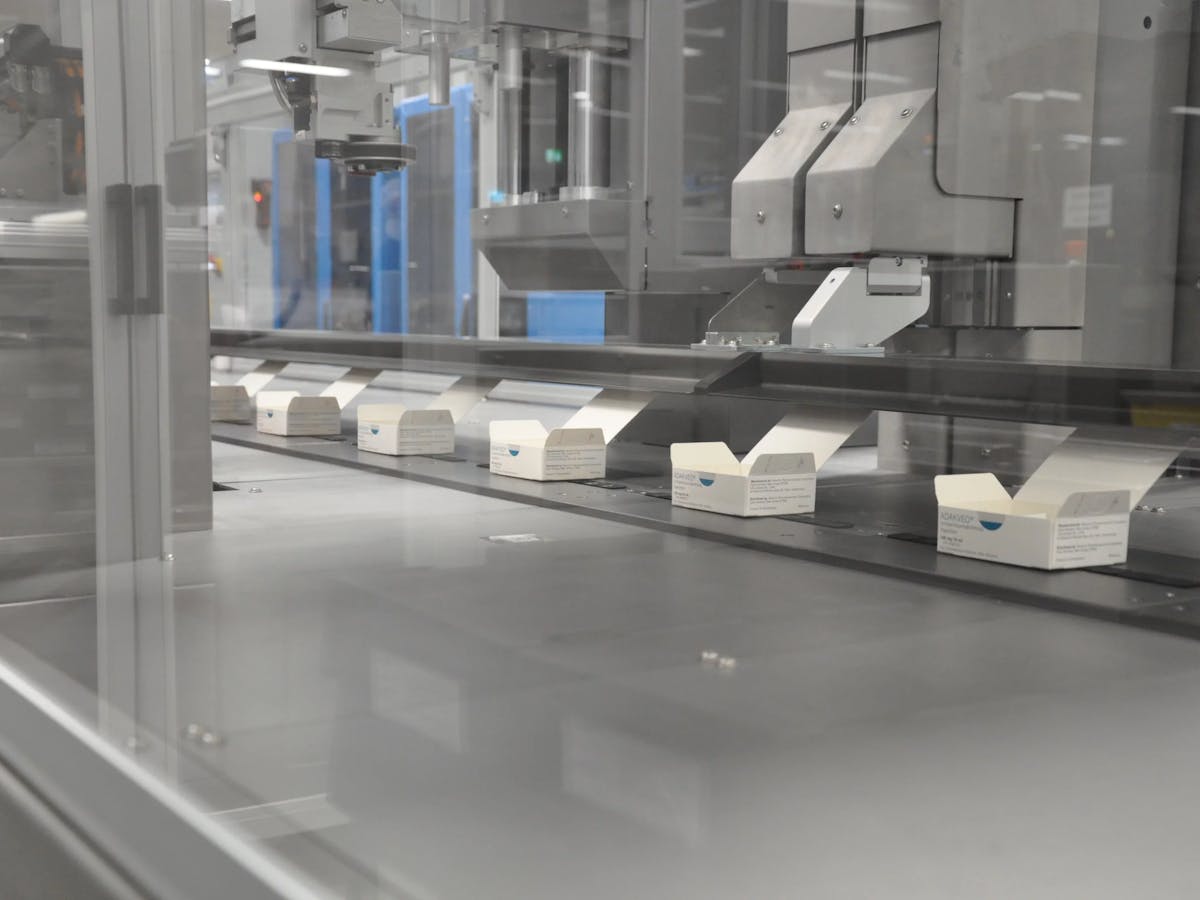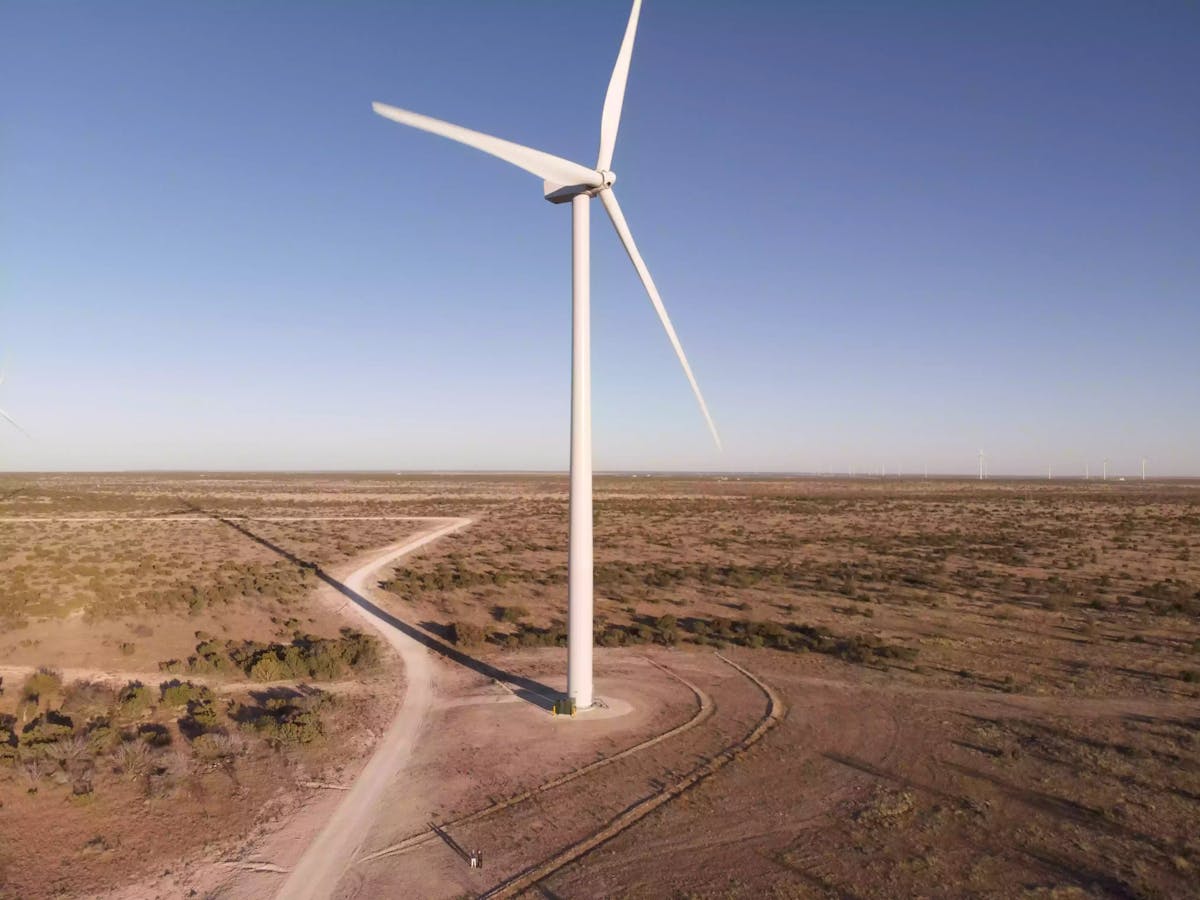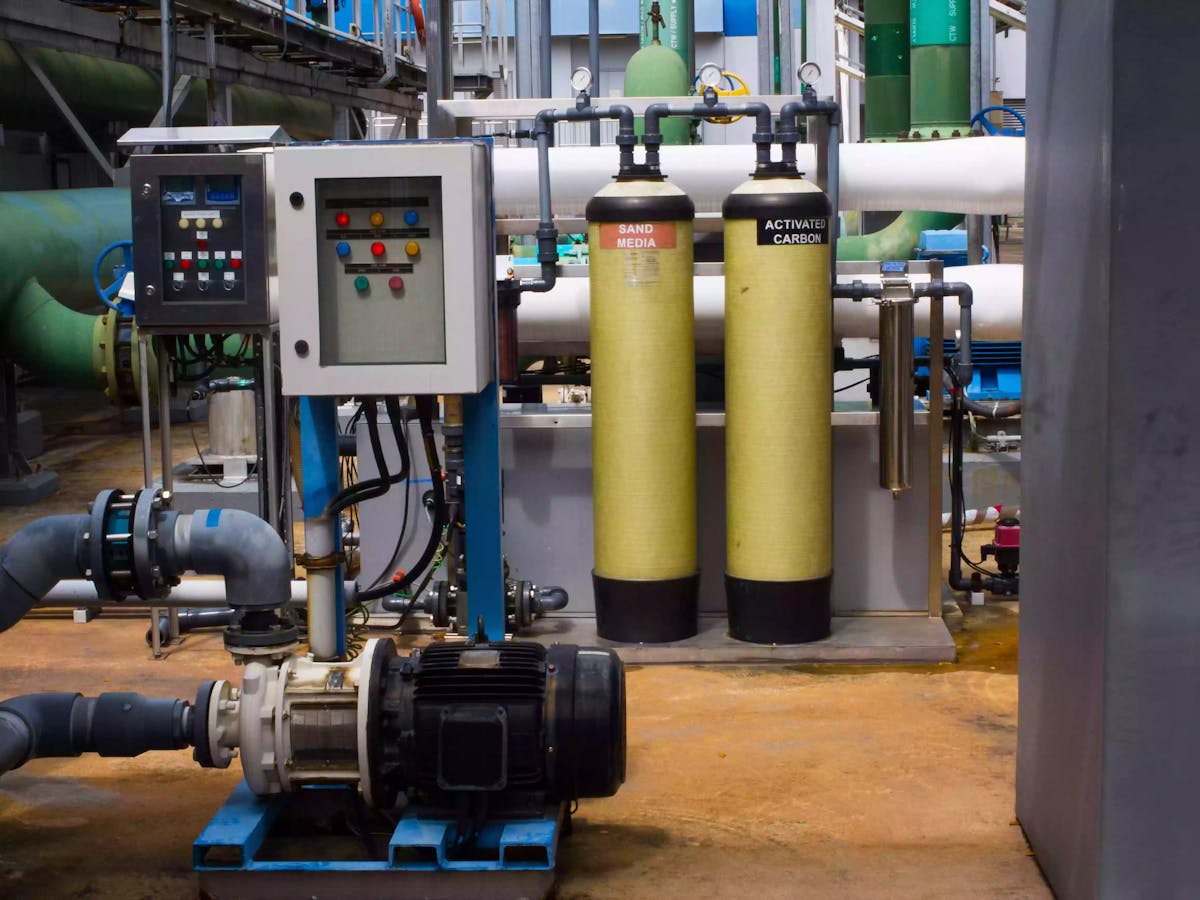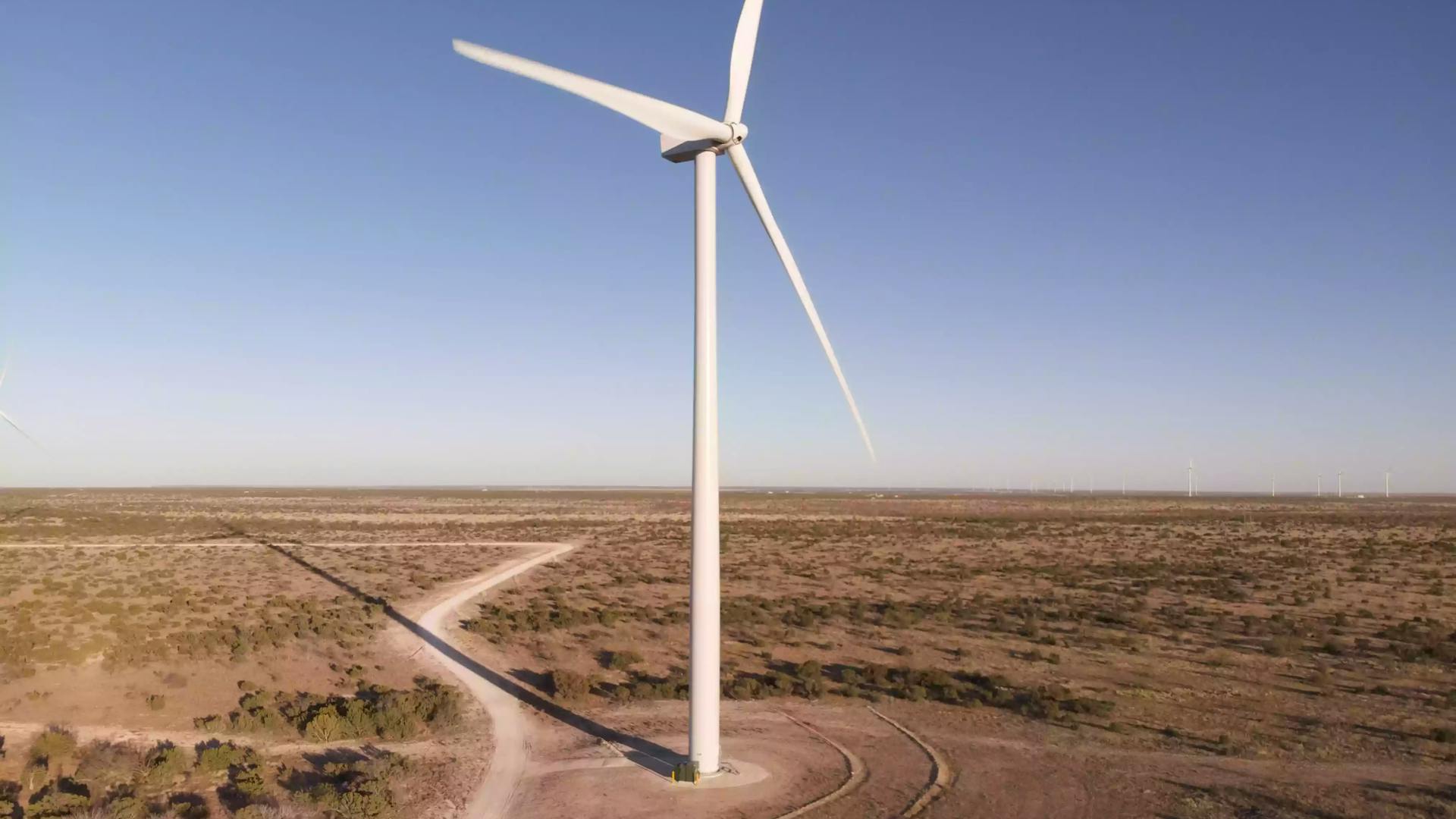
James Goudreau saluting during his retirement ceremony at the US navy.
Published on 31/08/2020
A former US Navy Captain, who late during his career at the Pentagon in Washington once held a role equivalent to a two-star Navy admiral, James Goudreau is as passionate about the environment as any green activist.
Yet, unlike others who take their mission to the streets and bombard their opponents with moral shaming, Goudreau, the Head of Climate at Novartis, has learned to listen and work on solutions that can convince people to embrace changes that help protect our environment.
Living with his family in Newburyport, Massachusetts, today, Goudreau was a member of the US Navy for more than 26 years. He worked both as a supply corps officer deployed on ships and in the field and then led the Navy Energy Coordination Office at the Pentagon, where he was responsible for hatching a strategy and implementing projects to help the Navy become greener, more sustainable and more resilient.
“Towards the end of my career at the Navy, I was given a very unique opportunity to go to the Pentagon and work for the Chief of Naval Operations on his staff. In that role, I focused on operational energy issues related to both vulnerabilities and capabilities,” Goudreau said about his five-year stint in Washington.
While his initial focus was strategic energy diversification in the supply chain, his perspective continuously broadened, since questions surrounding energy are intrinsically connected to other vital domains. “You can’t talk energy without talking water. And you can’t talk water without talking food. So that leads you to what’s known as the energy, food, water nexus. And any serious organization that looks at that recognizes that the climate impact on that energy, food, water nexus is significant,” Goudreau explained.
Looking at the size and quality of the challenge to change energy consumption of the Navy, Goudreau could have easily thrown in the towel. The US Navy has more than 300 000 personnel on active duty. It also has by far the largest fleet in the world with nearly 300 combat vessels and more than 3700 operational aircraft.
There are easier things to do than convince experienced combat-hardened Navy officers to think about or even embrace green energy. Challenging though it was, Goudreau remembers the five years at the Pentagon as a “fascinating time” because it allowed him to develop a more holistic way of tackling the challenges of climate change.
After working on these issues specifically for the Navy, he was asked to stay in the Pentagon and serve as the Acting Deputy Assistant Secretary of the Navy (Energy). In this new role, he was asked to address these issues and more for all of the Navy and Marine Corps operational forces as well as installation commands.
Working together with several think tanks in Washington, he started to develop new ways to make troops not only greener but more combat-ready. Among the many projects he developed was a flexible solar blanket for patrol troops, which would replace conventional batteries that could weigh up to 20 to 30 pounds.
The trick to lift the project from idea to reality was to understand the needs of the troops on the ground. “If you tell a Marine to be more environmentally sustainable during combat, they generally don’t care about that. They care about coming home alive, because that’s their mission. But there are ways that you can say that the new approach is helping the Marine become more capable, more survivable, more successful. And it’s also better for the environment. That’s what they will embrace.”
The approach to put user needs at the center proved decisive to spur projects which otherwise would have never been possible to turn around – be it to install hybrid electric drives in destroyers or use renewable micro grids to power military bases.
“Our ability to drive these projects was mainly due to the fact that we looked at the energy and climate change challenge from a holistic point of view and interpreted it as a systems issue with a lot of interdependencies,” Goudreau said. “We focused on climate change as a threat multiplier, what impact that had on the energy, food, water nexus and then tried to understand what the user needed.”
Goudreau is convinced that this is the way forward as the world has little time to tackle the consequences of climate change given the sharp rise of carbon dioxide in the atmosphere, which has already surpassed levels deemed reversible.
“The reality is, 350 parts per million of CO₂ is the level of carbon dioxide in the atmosphere that’s considered safe or livable,” Goudreau said. “We’re already over 418 parts per million as of May 2020, which means we far exceed what we should have. And that means that we have decades of change that are going to happen, just from the carbon that’s already in the atmosphere.”
Action is needed fast. “Responsible organizations have to continue to try to really aggressively reduce their carbon emissions and at the same time figure out how they’re going to live in this new reality.
Because if you don’t plan for that change, you’ll be caught in a very unpleasant way by that change at some point. Taking a longer horizon is vital.”


Get our updates
Subscribe now. Get the latest stories from Novartis live magazine.
By submitting your email, you consent to Novartis AG collecting and processing your email data for Novartis internal use, in accordance with our privacy policy, and by protected technical means.
